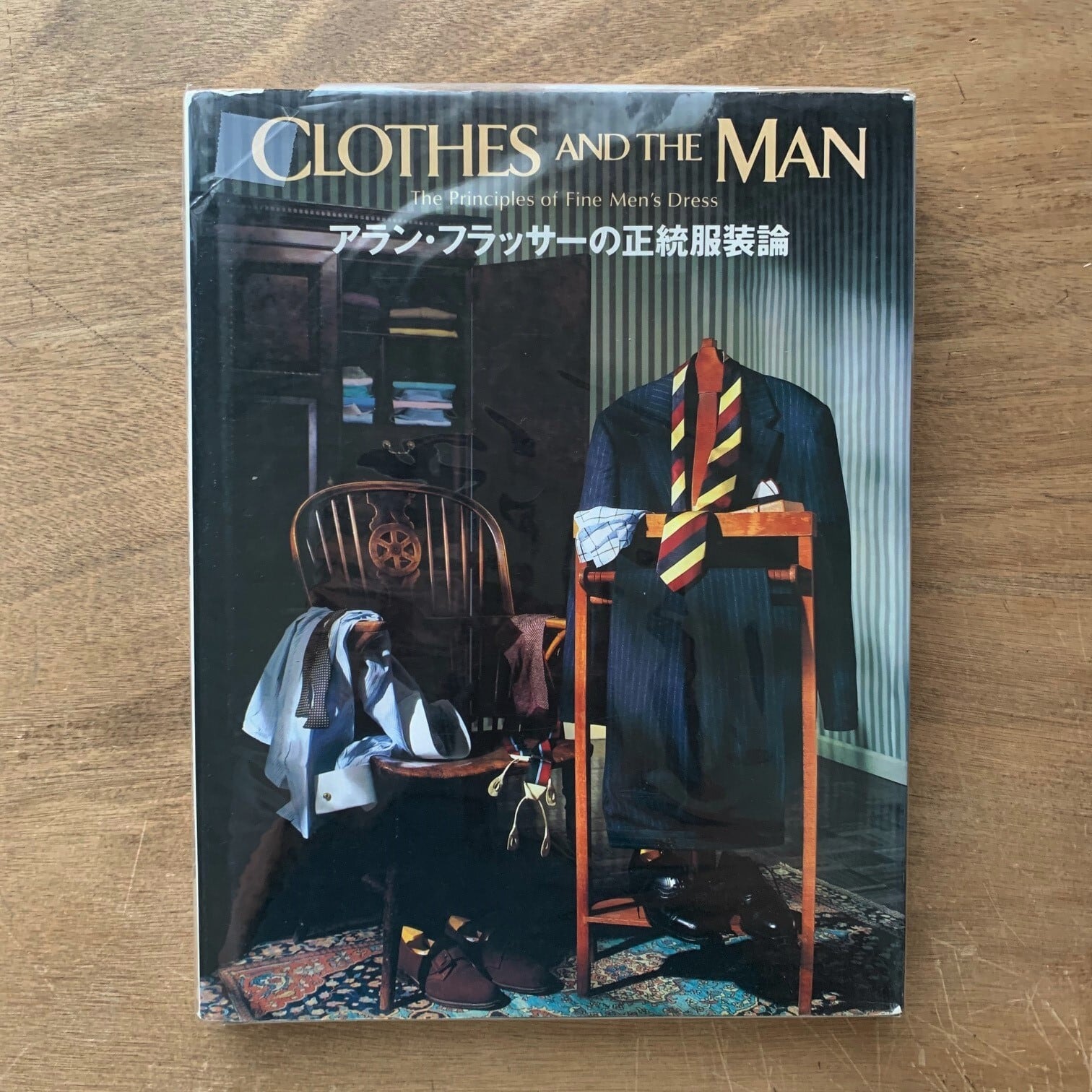

As reported inĪpparel Arts ‘75 Years of Fashion, “No style was ever so firmly resisted, so acrimoniously debated - or more enthusiastically received in various segments of the industry. Now men were back to the natural-shoulder silhouette. The 1950s are best remembered for the “gray flannel suit” worn by the conservative businessman. After the war, men were ready for another change in their clothing styles, and in 1948 the “bold look” began to be seen.


World War II resulted in a marked austerity in dress, due in large part to the restrictions placed on the clothing industry by the War Production Board. The British drape suit made it safely into the 1940s, though it was then referred to as the British blade, British lounge, and, finally, as the “lounge suit,” a fitting name for its casually elegant style. The 1930s was undoubtedly the most elegant period for menswear, as men gravitated toward the English drape style and the sportswear industry exploded.

ALAN FLUSSER CLOTHES AND THE MAN PLUS
This decade also saw the rise and fall of jazz clothing, which had little semblance of balance or respect for the human form, with its inordinately long, tight-fitting jackets and narrow trousers the cake-eater suit, named for college students who wore this slightly exaggerated copy of the natural- shoulder suit and the knicker suit, featuring plus four knickers that fell four inches below the knee. The 1920s were a time of experimentation, as the suit silhouette turned to the naturalshoulder look, and the first sports jacket - the Norfolk, modeled after the hunting suit worn by the Duke of Norfolk in the early eighteenth century - was produced. It was also during this period that certain other fashion innovations began to appear, such as the polo coat (introduced from England by Brooks Brothers around 1910) and the button-down collar (also introduced by John Brooks, in 1900, after he’d discovered it being worn by polo players in England in order to prevent flapping during play). And yet the first decade of this century saw the important introduction of the sack suit, a style characterized by any shapeless coat without a waist seam, the body and skirt having been cut in one piece, and the Ivy League - style clothing from England. At the turn of this century, menswear was still heavily influenced by the Victorian era, as reflected in suits which at times resembled an extension of the upholstered look of the Victorian furniture popular in American homes in the period. By the time Thomas Jefferson was inaugurated, he followed the fashion of his time by taking the oath wearing a plain blue coat, drab colored waistcoat, green velveteen breeches with pearl buttons, yarn stockings, and slippers. With the emphasis on democracy and the glorification of the common man, clothing became less ornate, less ostentatious. However, as the country changed, so did clothing styles. Even our presidents were not immune, as a sartorially splendid George Washington appeared at his first Inaugural wearing a brocade jacket, lace shirt, silver appointments, and high-heeled shoes with diamond buckles. SUITS, SPORTS JACKETS, ODD TROUSERS, AND TOPCOATS Up until the late eighteenth century, it was often the man who dressed more flamboyantly than the woman, his wardrobe filled with laces and bows as well as highheeled shoes with shiny buckles. Publisher: Villard 1st ed edition (October 12, 1985)


 0 kommentar(er)
0 kommentar(er)
